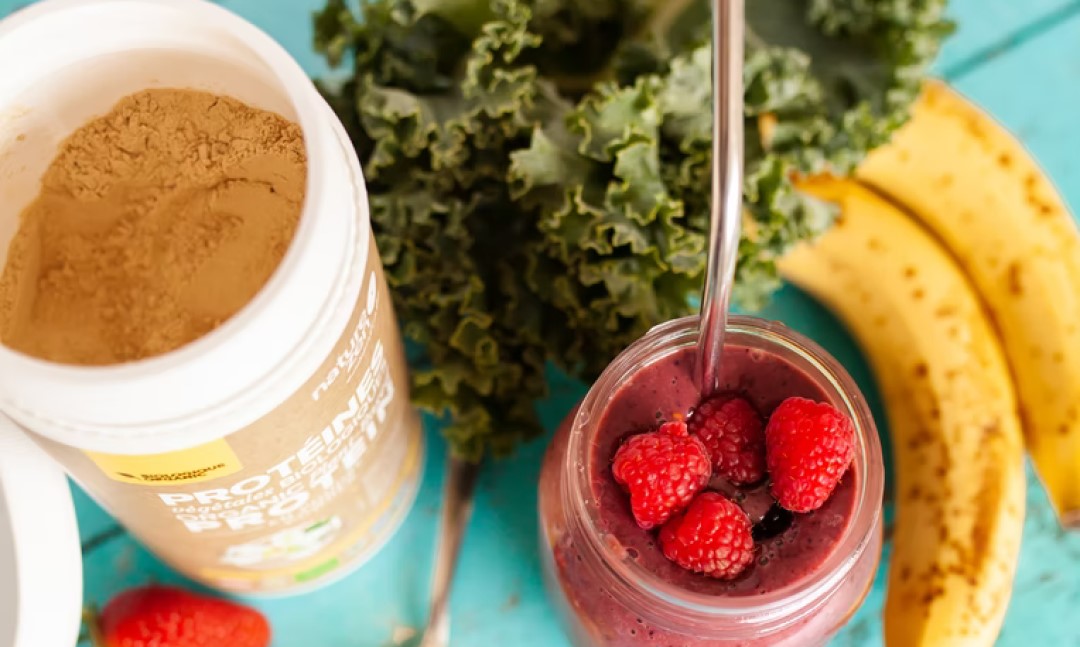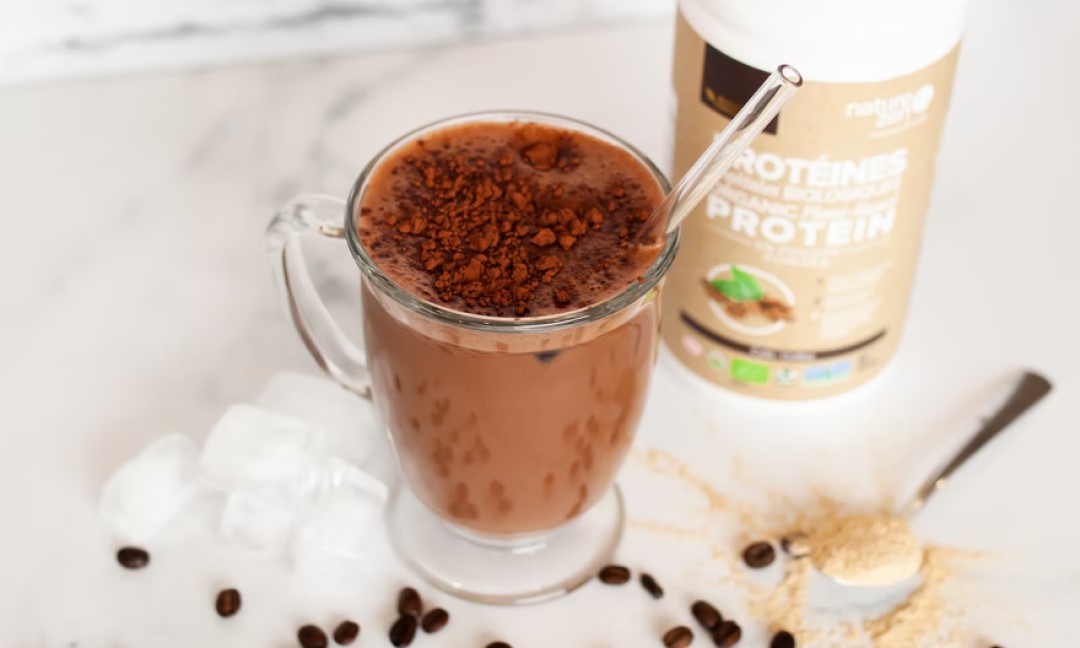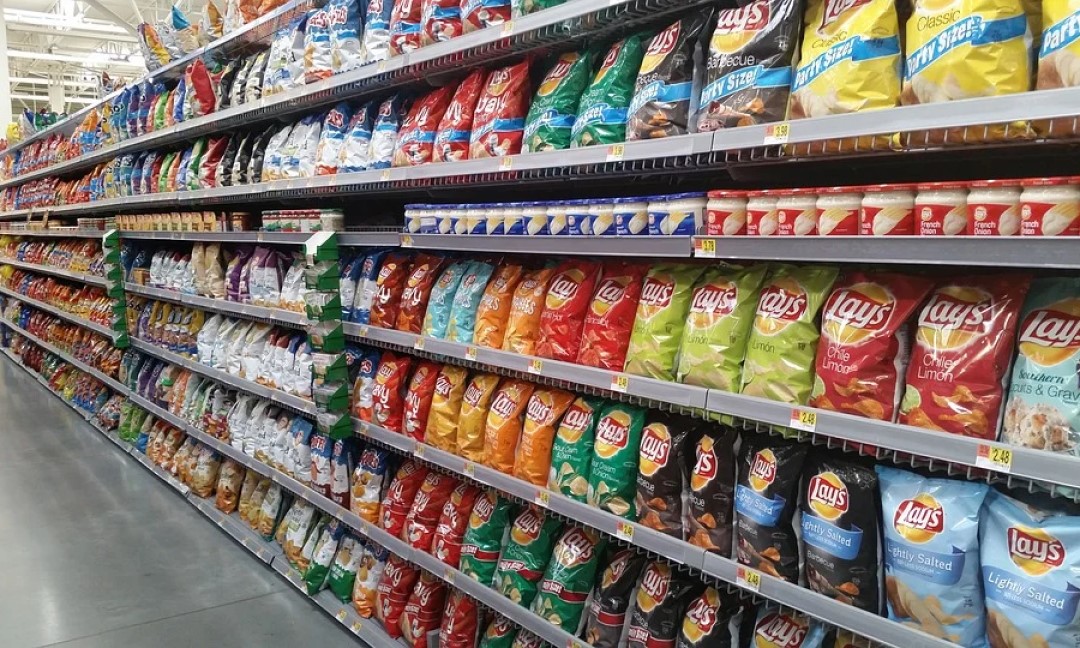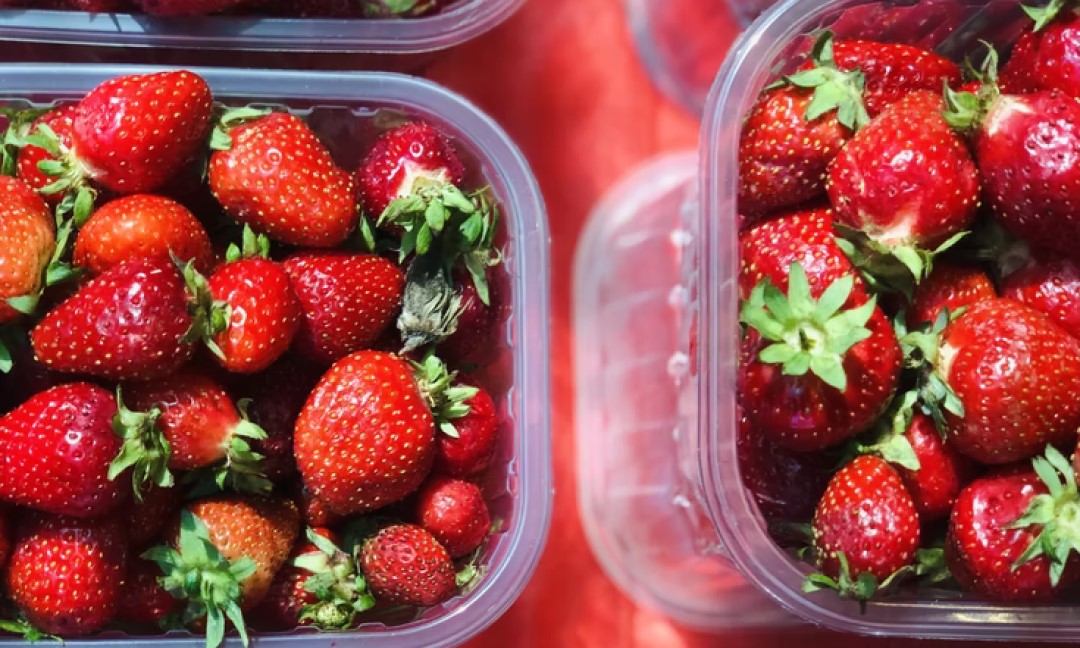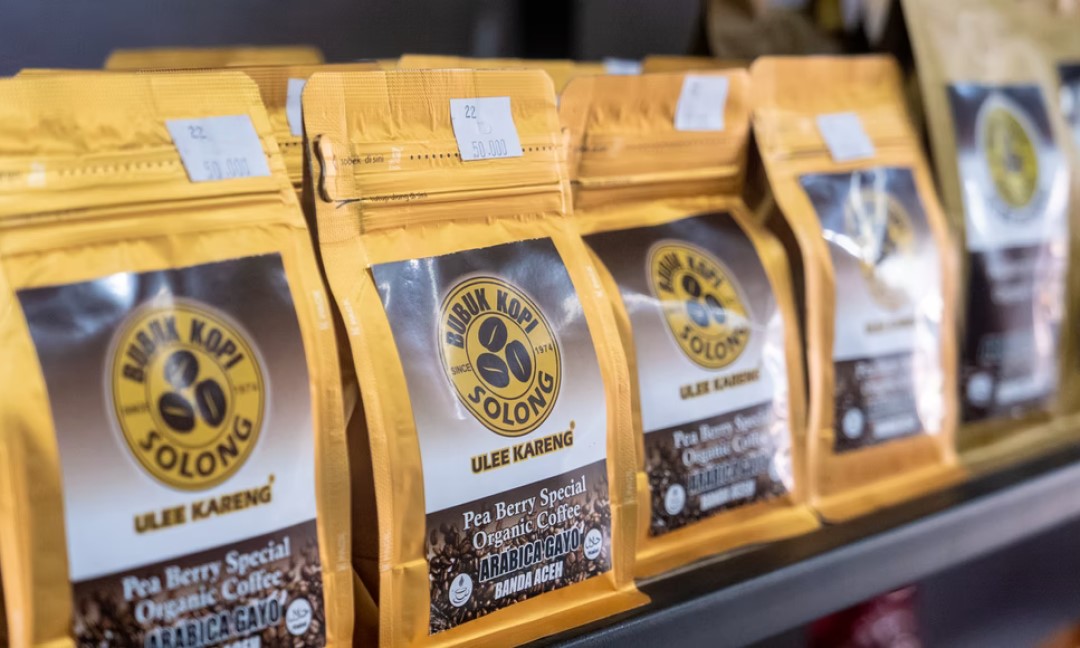The packaging of foods, beverages, and other goods comes with a wide range of challenges that manufacturers must overcome to ensure they’re putting quality products onto the market for the benefit of consumers. While every product carries its own packaging struggles, gummy products, in particular, pose a specific range of issues that can be difficult to work around, especially if you’re dedicated to packaging them in vitamin-styled bottles.
That said, the contract packaging and supply chain management experts at Dynamic 3PL are here to provide you with a list of critical keys your business can utilize to help ensure you use the most effective gummy bottling processes possible. Please continue to discover the secrets of these key bottling tips so you can learn how to start implementing them in your business’s packaging processes today. And consider reaching out if you’re currently thinking about the benefits of outsourced contract packaging services.
Related: The Importance of Cleanrooms in the food packaging industry
The Top Keys to an Effective Gummy Bottling Process

Golden Bears (known worldwide by the moniker “gummy bears”) were invented back in the early 1920s by German confectioner Hans Riegel. Since then, gummies have rapidly grown over the past century to become one of the most commonly copied candy treats, with variants branching out into a range of other industry categories, from health supplements to THC and CBD-infused edibles.
However, the issue with gummy products is that they can be challenging to package effectively, especially for manufacturers who put them in bottles. Thankfully, there are multiple ways to overcome these difficulties to make the gummy bottling process quicker and easier using different machines. If your business is struggling to bottle your gummy products effectively, consider implementing the following key strategies to make the process easier.
1. Declump Your Products (and Avoid Reclumping)
The stickiness and consistency of gummies make it easy for them to clump up and get stuck in their bottle packaging, especially at the top of the bottle during the packing process. To help prevent this, consider introducing some declumping screens and a conveyorized product feeding system. The constant movement and vibrations of the machines should help create a natural separation between the gummies. Additionally, freezing your gummies just before the bottling process can also be a great way to help prevent product clumping.
Related: The Psychology Behind Retail Displays
2. Keep Your Products Loose, Even While Weighting Them
When it comes to particularly sticky products like gummies, ensuring an accurate weight can be tricky. It’s recommended that businesses utilize a multi-head weigher with a spinning cone top to effectively feed the gummies into their bottles and fill them up evenly. It can also be helpful to tilt the feed pans of your machines downward to get some extra help from gravity during the packaging process. This tactic can help ensure a more consistent weight of your products and may also help avoid the issue of product clumping noted above, especially if you freeze the gummies before bottling them.
Are you currently searching for a new, top-quality supply chain management service to help streamline all of your packaging, warehousing, and transportation needs as your business grows in the market? Please don’t hesitate to contact our trusted industry professionals at Dynamic 3PL to learn what we can do for you.
3. Minimize the Contact Surface Area of All Contact Surfaces
One of the best ways to overcome the overly sticky nature of gummy products is to actively reduce the contact surface area of equipment by using dimpled surfaces in all of your machines. From your supply hopper and bucket elevator to your weighers and feeder pans, dimpled equipment surfaces will reduce overall contact between the gummies and their environment, making them less likely to stick to everything and clog up your valuable machines.
4. Utilize a Multi-Bottle Filling Approach When Packaging Your Gummies
One of the biggest challenges of bottling gummies is getting the bottles filled correctly. Vitamin-style bottles typically have a very narrow opening, meaning it doesn’t allow for all of the product to be dispensed into the bottle at a single time without jamming and spilling. Not only does this slow down the bottling process as a whole, but it can also result in a significant amount of wasted product and potentially cause issues for your expensive equipment. Because of this, the bottle filling process needs to be done slowly and neatly to avoid costly mistakes.
Multi-bottle filling systems that utilize linear slides are usually a good solution. As scales drop the correct weight of gummies into their holding buckets, a conveyer belt moves the bottles into place below them. Once the bottles are in the right place, and the buckets are filled, the vibratory feed pans can easily meter the gummies into the bottles without causing an issue.
Related: 3 Food and beverage packaging trends to keep an eye on in 2021
5. Plan Ahead and Keep End Goals in Mind
All factors and characteristics of the gummy bottling process need to be carefully considered for everything to work effectively. Not only do the machines have to be considered, but also the nature of the gummies themselves. Are they oiled or sugar-coated? Are they sanded or unsanded? Are they frozen or unfrozen? How sticky are they? These characteristics can significantly impact their ability to flow through the bottling process and need to be taken into account. You’ll likely have to adjust specific components of your machinery to ensure they are as equipped as possible to handle your particular gummy product.
Final Thoughts and Considerations: What Dynamic 3PL Can do to Meet Your Gummy Bottling Needs

The qualified packaging experts here at Dynamic 3PL utilize a specialized eight head indexing system developed by Nvenia to package goods as part of their contract packaging services. Business who choose to outsource their product packaging needs to Dynamic 3PL can enjoy a wide range of vital benefits. These include reduced facilities overhead costs, a reduced operational headcount, on-demand expertise, and the top-quality assurance provided by our various SQF Certified and FDA registered facilities.
If you’d like to take advantage of all these vital benefits to help better ensure the success of your business, please consider contacting us today to learn more about our top-quality services. And for even more information about everything we can do for you in the fields of contract packaging, warehousing, transportation, and more, also consider reading through our range of expertly written educational articles.
Do you require the superior, trusted services of a supply chain management team to resolve all of your packaging, warehousing, and transportation challenges? Consider reaching out to us at Dynamic 3PL to learn about our range of specialty services and how they can help support your business today.

